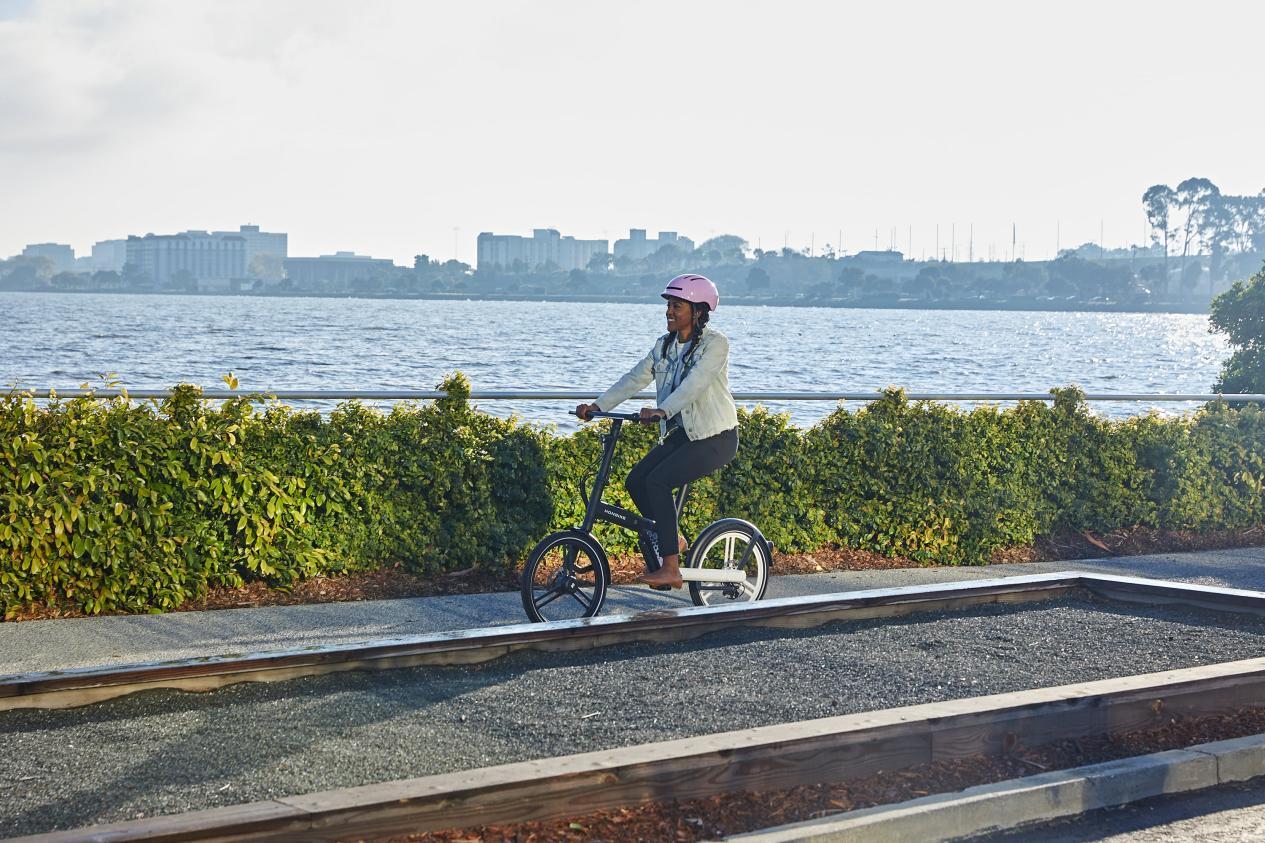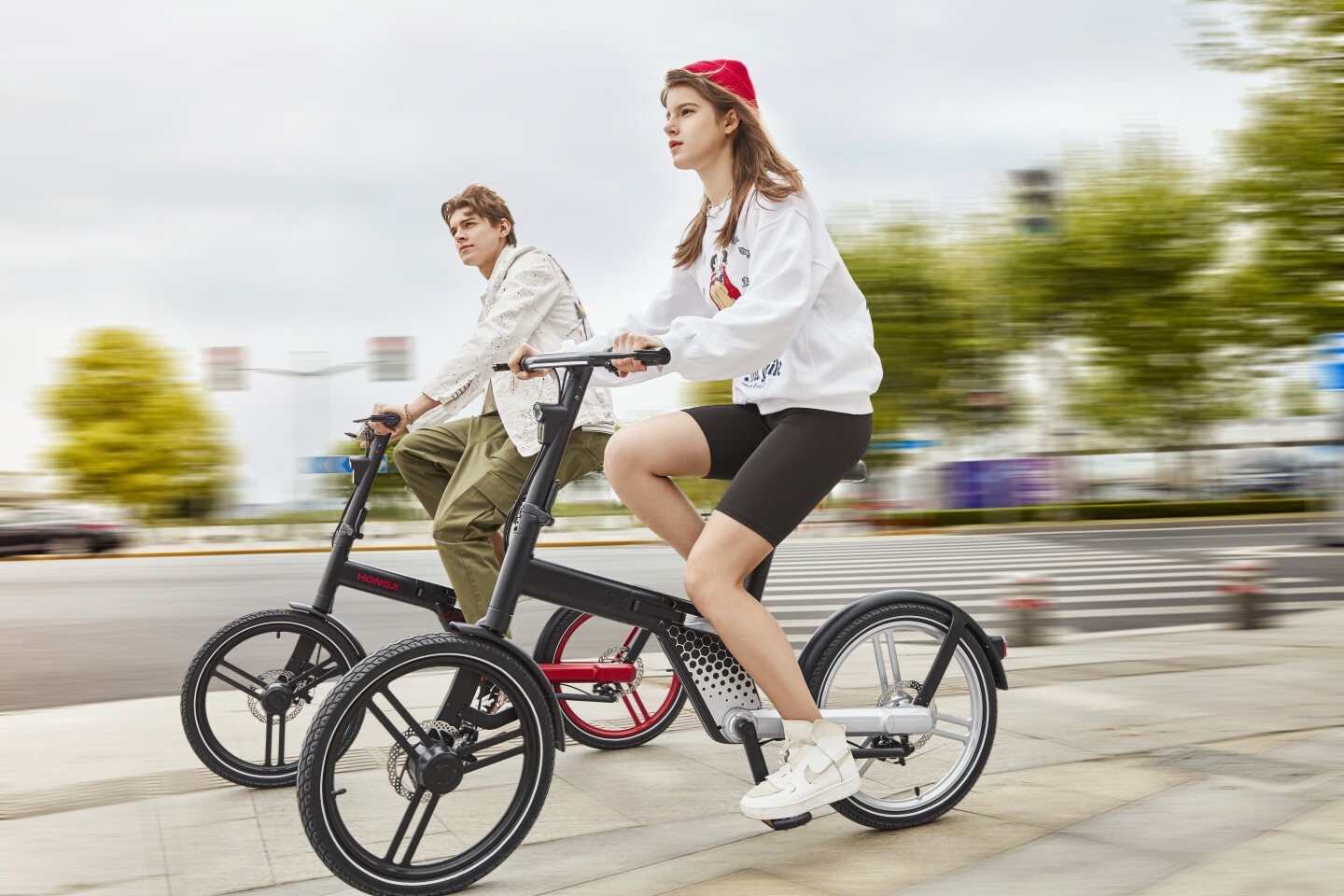
Can E-bikes Provide Good Workout?
Riding an e-bike has several advantages, but what are the specific methods in which e-bikes may be utilized for exercise? Can a shred fat burner help you?
This post answers any queries you could have about riding an e-bike for exercise. Questions such as what muscles are being worked, how your body will benefit, what kind of fitness e-biking delivers, and how it compares to other types of exercise will be addressed. Continue reading to find out!

E-biking is a great way to get some cardio
Aerobic exercise, also known as cardio, is any type of exercise that raises your heart rate from low to high intensity. Boosting lung capacity, reducing stress, controlling circulation, lowering resting heart rate, improving metabolism, and lowering blood pressure are all benefits of continuous cardiac activity.
Increased metabolism means you will be able to burn fat and lose weight more readily, and cardiac activity, most critically, maintains our hearts robust and functional. One of the most popular and reliable cardio activities is cycling. Despite the fact that comparing the efficacy of e-biking to traditional bicycling is a common topic of discussion, research shows that e-biking is just as effective as traditional riding.
Using e-cycling to aid in the reduction of abdominal fat
Getting a flat belly is a universal aim that we all have in common. So, how can e-bike aid in the reduction of belly fat?
Cycling is an efficient aerobic/cardio workout that boosts metabolism (the body’s process of producing and using energy). This means that the body is more equipped to burn calories and abdominal fat while conducting the regular aerobic activity. When it comes to fat burning, combining both high-intensity interval training and low-intensity rides produces the best results, so try including both types of rides into your workout regimen.
When e-biking, which muscles are used?
Many muscles across your entire body are engaged while you ride your e-bike. Even though these various muscles are worked to diverse degrees, your entire body benefits. When you ride your e-Bike, the portion of your body that benefits the most is your legs. This is because when you bike, your legs are the primary source of force for pedaling. While your upper arm muscles, or biceps and triceps, are less targeted than your legs and glutes, they are nonetheless active as you ride.

These muscles are addressed since your arms are necessary for maintaining and stabilizing your upper body when riding, which is performed through the steering. E-Biking also strengthens your core or abdominal and upper body muscles.
What is the difference between e-biking and running?
When people hear “aerobic sports,” one of the first things that come to mind is running, which offers several physical advantages. How do the two compare, given that biking is also an aerobic sport?
Running is a type of exercise that entails hopping from one foot to the next to move oneself ahead. E-biking is a type of cycling that employs electric motors to give cyclists a boost when riding, but it still relies on the human action of pedaling to accelerate the movement. This is one of the reasons why e-bike is ideal for those who are just getting started with their workout routines or who have physical limitations (such as arthritis, heart disease, high blood pressure, weight issues, and age). E-bikes assist to minimize overexertion and keep users pleased and motivated to exercise.
Meanwhile, biking is a low-impact activity that is ideal for those with inflammation and joint issues, allowing riders to reap the same advantages of jogging while minimizing inflammation and avoiding muscle injury and discomfort.
What is the difference between e-biking and walking?
Many individuals choose walking as a workout since it is simple to incorporate into everyday life and has several advantages. So, how does it stack up against e-biking?
In terms of calories burned, riding an electric bike can burn anywhere from 280 to 450 calories per hour, this is comparable to brisk walking or moderate jogging.
This, of course, is dependent on the sort of walking you perform. A power walk, on the other hand, will burn more calories than a stroll. Similarly, when riding an e-bike, users will burn more calories if they go for longer rides with less pedal aid, whereas on a shorter trip with greater pedal assist would burn less.

What effect does e-biking have on my body?
Depending on a variety of conditions, e-biking can alter one’s body form. It’s crucial to grasp the biological variations between genders and natural body shapes, as well as the regularity with which you ride, the sort of training you undertake on your e-Bike, and other elements, to better understand this.
The first step is to recognize the physiological distinctions that exist between male and female bodies. Women, for example, have lower testosterone levels and a greater body fat percentage than men. Men can normally gain muscle more quickly since testosterone is the hormone that aids in the development of larger muscles.
As you can see, riding an e-bike has multiple fitness benefits. The benefits of e-bike are endless, whether you use it for various strength and conditioning routines or to overcome any physical limitations you may be encountering.
Which is best electric bike for exercise?
Instead of high-power electric bicycles with throttles, Honbike ChainFree One features a shaft drive bicycle with smart drive system. With HSA ( Hill-Start Assistance) technology once used in the motorcycle industry, it helps riders uphill and breath easily. With no chains, no throttles, the bike not only keeps you exercise, but also creates safe and easy riding.







